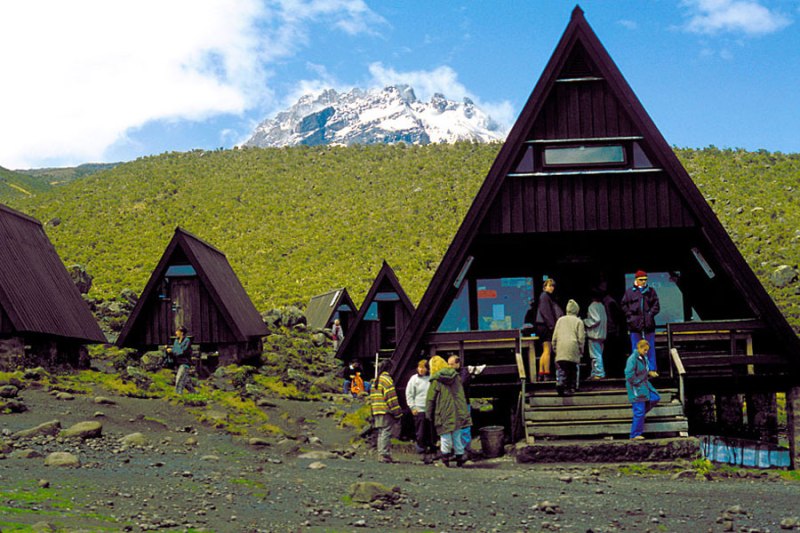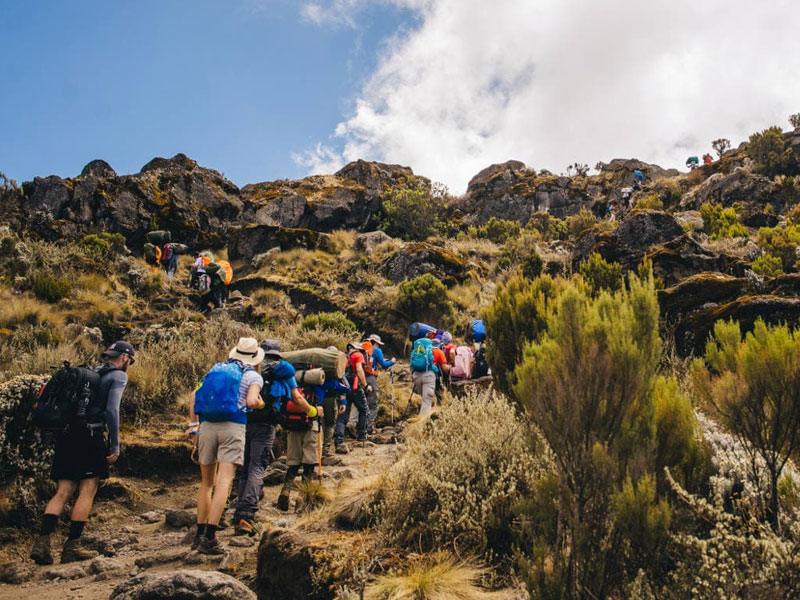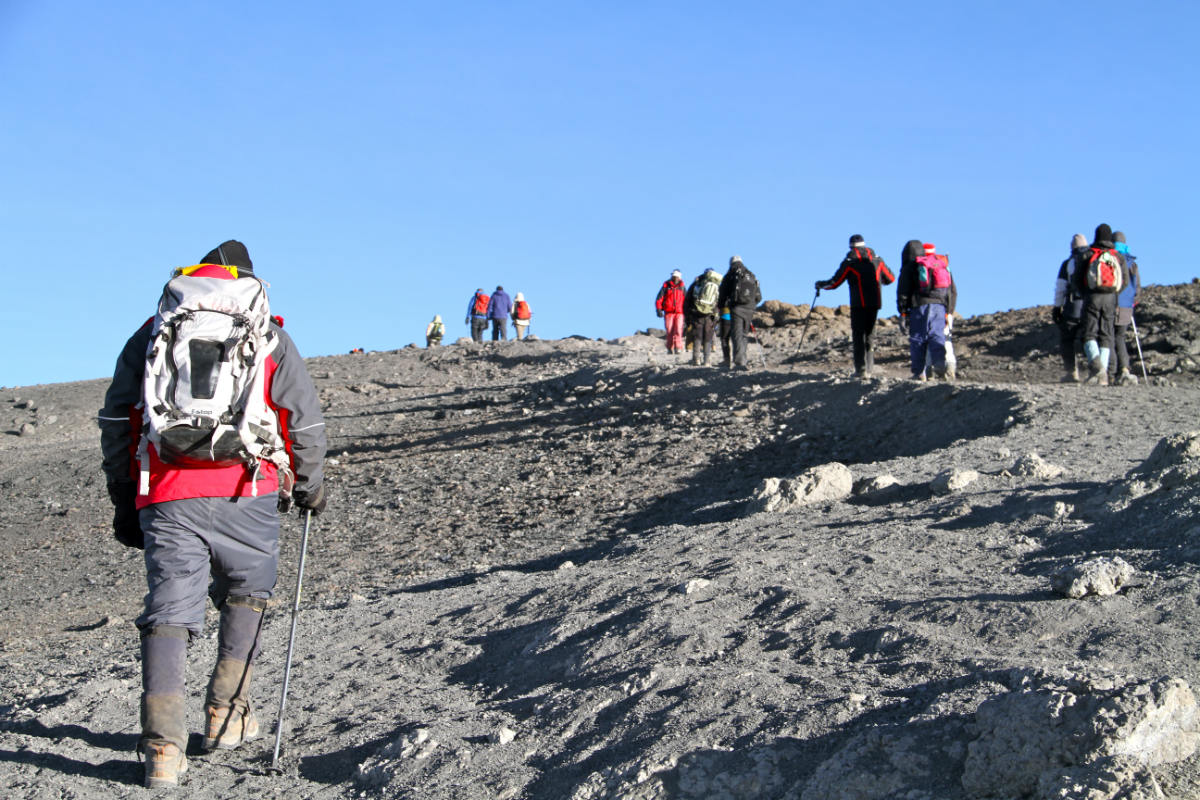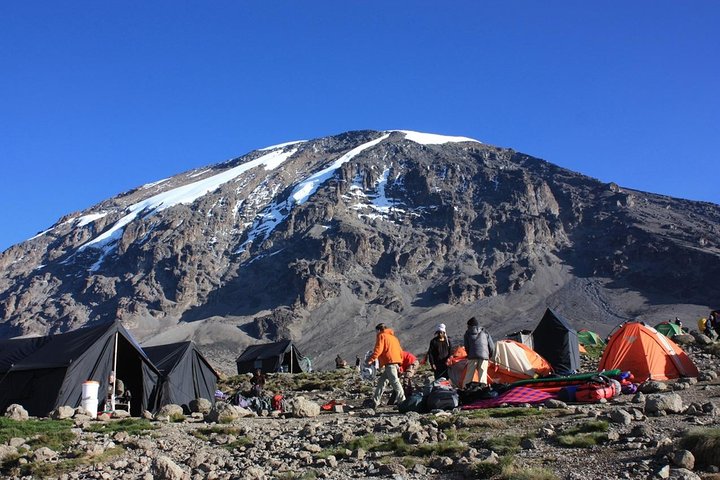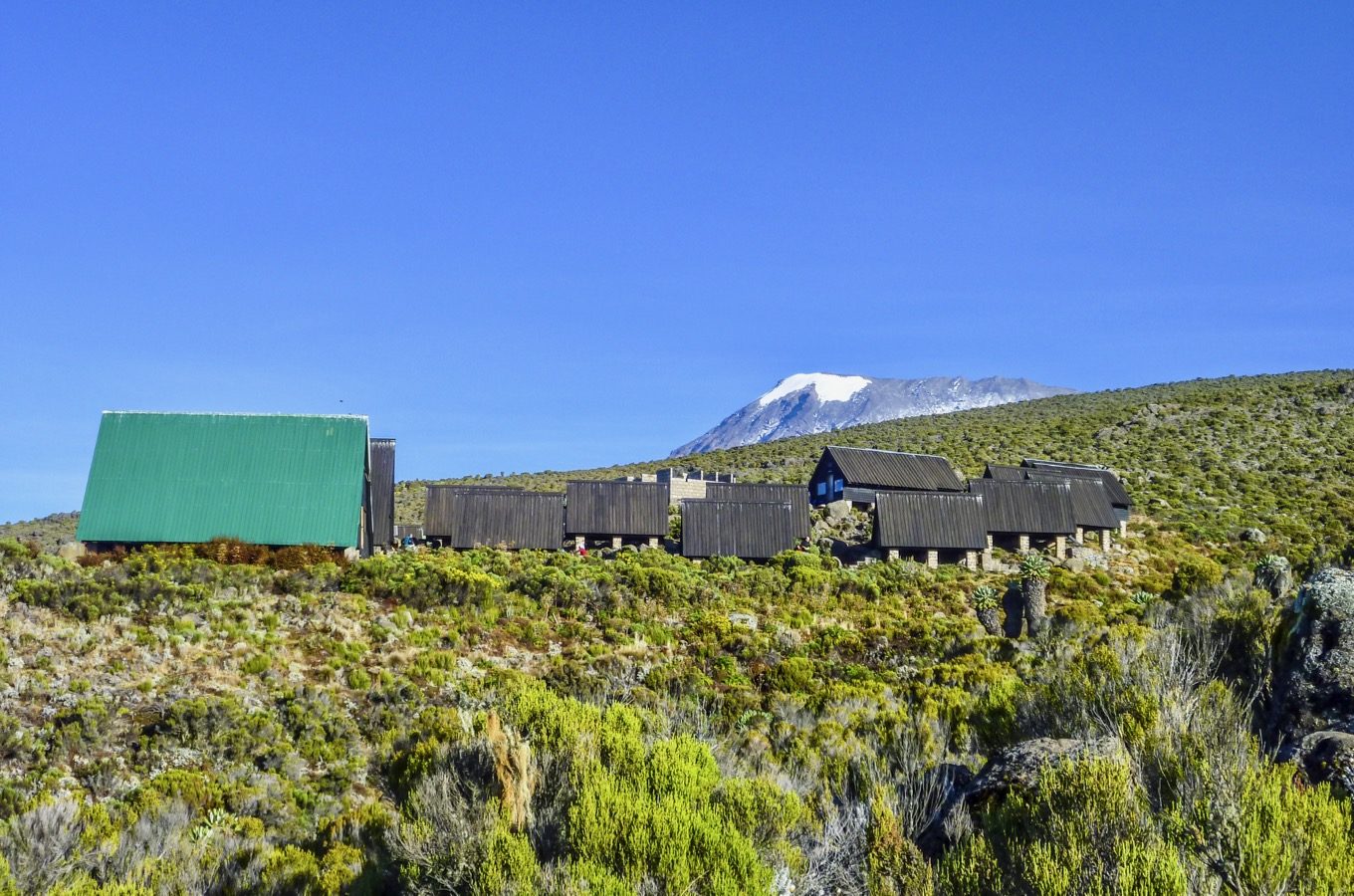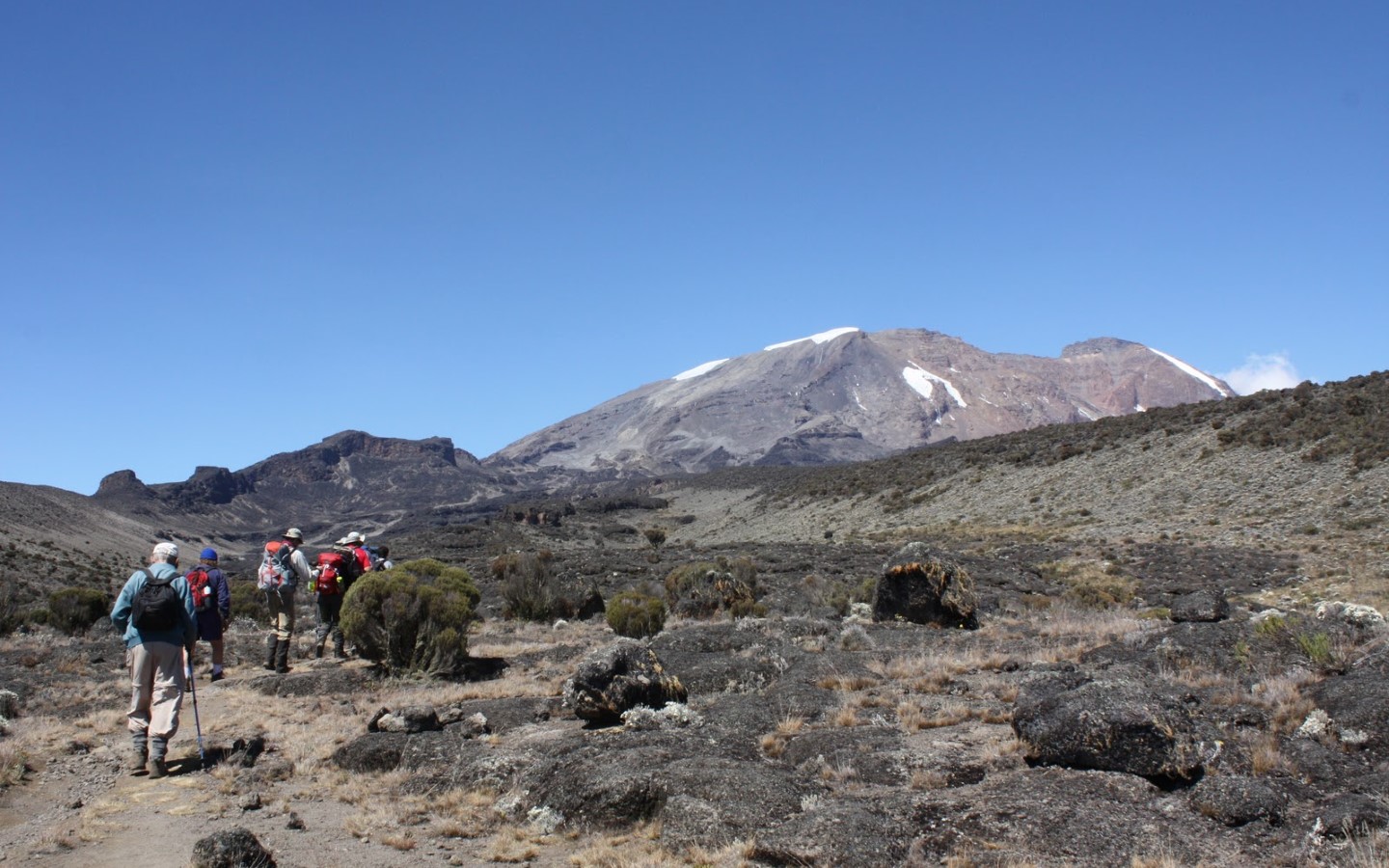Mount Kilimanjaro
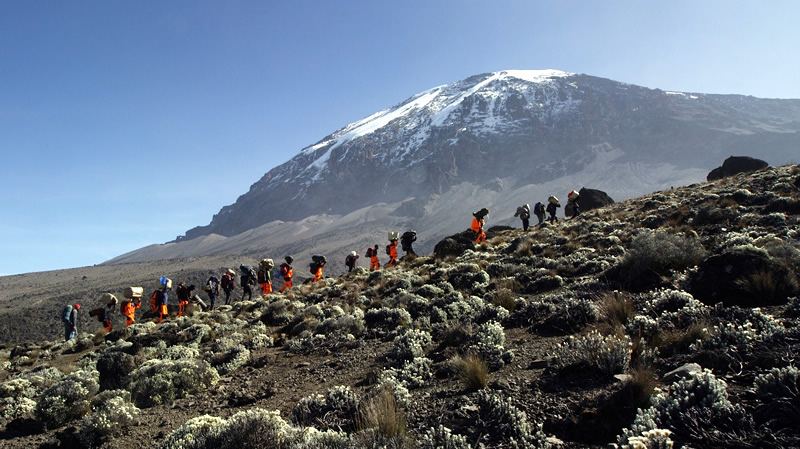
Mount Kilimanjaro
Overview
Mount Kilimanjaro National Park is home to Africa's highest peak, Mount Kilimanjaro, a dormant volcano standing at 5,895 meters (19,341 feet). Located in northern Tanzania near the border with Kenya, the park is a UNESCO World Heritage Site and attracts thousands of climbers, hikers, and nature enthusiasts each year. Known for its diverse ecosystems—from tropical rainforests to alpine deserts and arctic summit zones—Kilimanjaro offers an unforgettable experience and is one of the world’s most accessible high peaks.
Wildlife
While Mount Kilimanjaro is primarily known for its climbing routes and natural beauty, it also hosts a variety of wildlife, particularly in the lower montane forests. Visitors may spot blue monkeys, colobus monkeys, elephants, and buffaloes, especially around the rainforest areas. Higher up, wildlife is sparse, but the journey itself reveals unique flora and fauna adapted to extreme elevations.
Birds
Mount Kilimanjaro National Park is a haven for birdwatchers, featuring over 150 species of birds. The dense forests host species like the Hartlaub's turaco, silvery-cheeked hornbill, and alpine chat. As you climb higher, you might encounter the streaky seedeater and the beautiful malachite sunbird. Birdwatching enthusiasts are advised to explore the lower elevations and forest zones, where birdlife is most abundant.
Best Time To Visit
The best time to climb Mount Kilimanjaro is during the two dry seasons: from June to October and January to March. During these months, the weather is clearer, and trails are generally less slippery, making for safer and more enjoyable treks. However, the peak of the high season (June-August) can be busier on the mountain, so for fewer crowds, January and February are often recommended.
Weather & Climate
The weather on Kilimanjaro changes significantly with altitude and season. Temperatures at the base are warm, ranging between 20°C and 30°C (68°F to 86°F), while the summit temperatures can drop well below freezing, especially at night. The long rainy season occurs from March to May, making trails muddy and challenging. The short rainy season, in November, is less intense but still brings rain to lower elevations.
Getting There
Most travelers fly into Kilimanjaro International Airport, located just 45 kilometers (28 miles) from Moshi, the gateway town to Mount Kilimanjaro. From Moshi or Arusha, climbers can arrange guided tours and transport to the park’s main gates: Machame, Marangu, Lemosho, and others. These routes offer varying levels of difficulty and scenery, allowing climbers to choose a path that suits their skill and fitness levels.

